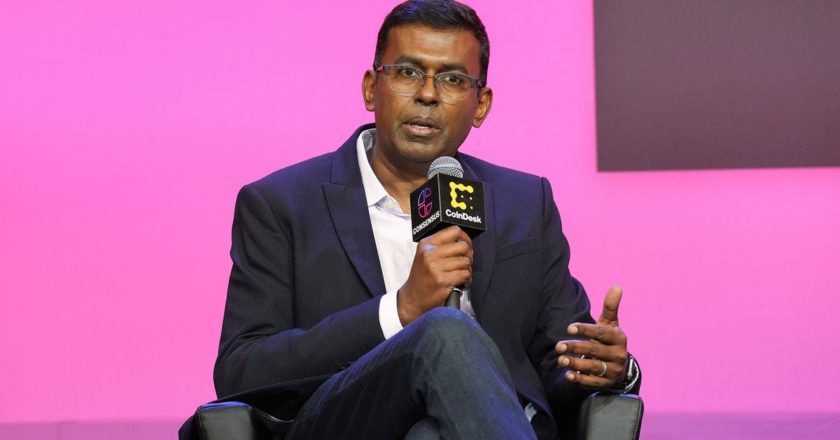The history of the cryptocurrency project can be traced to the 1970s. One key factor was the fear of future surveillance. Both surveillance and the possibility to more directly manipulate transaction data. I wrote about Paul Armor, a computer scientist who worked on and off in the Department of Defense, and at Rand in the 70s, where they asked him to design a next-gen surveillance system, to keep tabs on the Soviet Union and anticipate their moves. His team came up with an electronic payments system. They realized tracking money flows gives you useful information. It means that you have a time-stamped, geocoded record of every time someone pays for something. You have a really fine-grained dossier of everybody’s movements and activities, and the transaction data itself. So you know where they are, what they’re interested in, what they’re like. A lot of the people who are working on the earliest stages of digital cash were preparing for when most of the economy and commerce goes digital, so everyone would be under surveillance and coercion at a level never really seen before. That’s the context when we see the need for digital currency [bitcoin] appear. Not just to make things more efficient, but to protect people from the incursions of surveillance and power.
What the Wild History of Digital Currency Tells Us About The Future




